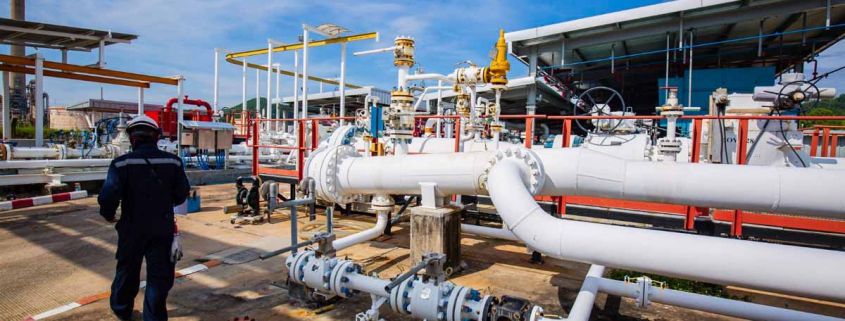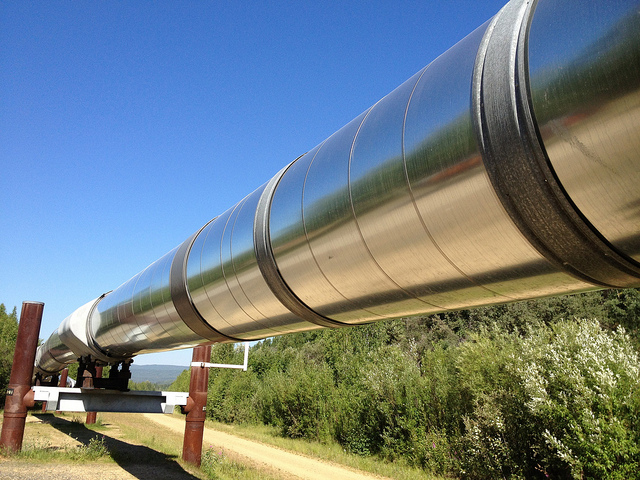Necessary Components of Safe Pipeline Maintenance
Pipeline maintenance is incredibly important. Not only does the industry go through revisions of regulations and standards with some frequency, but no organization wants to have to deal with the consequences of a catastrophic failure. With that in mind, there are some necessary components of safe pipeline maintenance that can make the entire process easier.
Pipeline Integrity Management Software
Pipeline integrity services create a framework for pipeline integrity management. These pipeline integrity services help organizations follow given sets of codes and standards, such as how often inspections should be done, and how inspectors should be trained.
Organizations can lean heavily on pipeline integrity platforms as a method by which they don’t just plan out their maintenance efforts, but also create a paper trail of those efforts that can show that they have done their due diligence.
Pipeline Integrity Assessments
Pipeline integrity assessments are assessments designed to ensure that the pipelines are being managed and maintained correctly. Through a regular assessment, an organization can audit any improvements they need to make in the management of their pipeline.
By auditing the organization’s standards, the organization can ensure that it doesn’t become lax about its pipeline inspections and pipeline management.
Pipeline In-Line Inspections
In-line inspections can be performed to identify potential issues regarding the pipeline from within. In-line inspections will reveal issues such as cracks, defects, and warping, which could eventually cause failure. A pipeline in-line inspection should be done semi-frequently; if it catches anything, repairs can be made before the issues become severe.
It is very rare for an in-use pipeline to be taken down. For the most part, pipelines have to be inspected while they are still in use. Often, they also have to be repaired while they’re still in use. This creates additional challenges — challenges that can be resolved through the right applications of the right technology.
Drone Pipeline Inspections
Drone pipeline inspections can substantially reduce maintenance costs. Drones can be used to fly over and survey a pipeline that has already been built, to identify areas in which the pipeline could be revealed, potentially damaged, or otherwise breached. Drone pipeline inspections are much safer than traditional inspections. At the same time, pipeline exposure and depth of cover can also be assessed.
UAVs are inherently safer than manned aerial vehicles, because they don’t involve any danger to a crew within. Further, drone pipeline inspections can also be safer than inspections on the ground, as an individual doesn’t have to risk danger to physically inspect the pipeline.
Drone pipeline inspections can also be combined with pipeline sensors to determine exactly where an issue is and what that issue could potentially be. Because drone pipeline inspections are so easy to deploy, they can also lead to an organization completing more inspections more frequently, as well.
Pipeline Sensors
In addition to using drones to improve safety, pipeline sensors can also be incorporated to detect issues such as potentially high or low pressure. Pipeline sensors are increasingly being included in pipe construction, added to the Internet of Things, and automated. A pipeline sensor can set off an alarm if it detects something that it shouldn’t, feeding its own exact location to its management and maintenance team.
A pipeline sensor can become one part of a much broader network of sensors and devices that are all designed to report on the current status of the pipeline. Thus, manufacturers are able to take a more hands-off approach. Between regular surveying and pipeline sensors, an alert can be raised every time an issue occurs.
Losses and Other Data
Apart from physical devices and systems, such as sensors and drones, pipeline organizations must also crunch large volumes of data. If a sensor doesn’t go off and no damage is visible, this data may still reveal that more materials are getting lost in transit than should be getting lost — a leak may be involved but be undetectable.
Software solutions that are designed to crunch large volumes of data and identify patterns (as well as issues that don’t fit into an established pattern) can be used to automate the process of identifying these types of detectable signs. There are pipeline maintenance companies that can use advanced solutions to detect problems swiftly.
Oil and Gas Pipeline Maintenance
For pipeline maintenance, faster is always better. The faster that an issue can be identified and resolved, the less likely it is to cause widespread issues throughout the region. With a combination of UAVs, sensors, data analysis, and assessments, organizations are able to better monitor their pipeline technology and are able to more quickly identify potential faults.
Once faults have been discovered, it’s essential that the organization resolve them right away. The longer an issue goes on, the more likely it is to cause significant damage.
Oil and gas pipeline maintenance is essential to the industry. Without the right pipeline integrity management, it’s very easy to see how a pipeline could damage the surrounding environment, disrupt the organization, and ultimately cost quite a lot to repair.
With the above components, pipeline maintenance can be achieved at reduced costs and greater levels of safety.
Are you interested in learning more about pipeline integrity management? Through surveying, monitoring, and maintenance, the UAVs of Landpoint can help. Contact Landpoint today to find out more.






